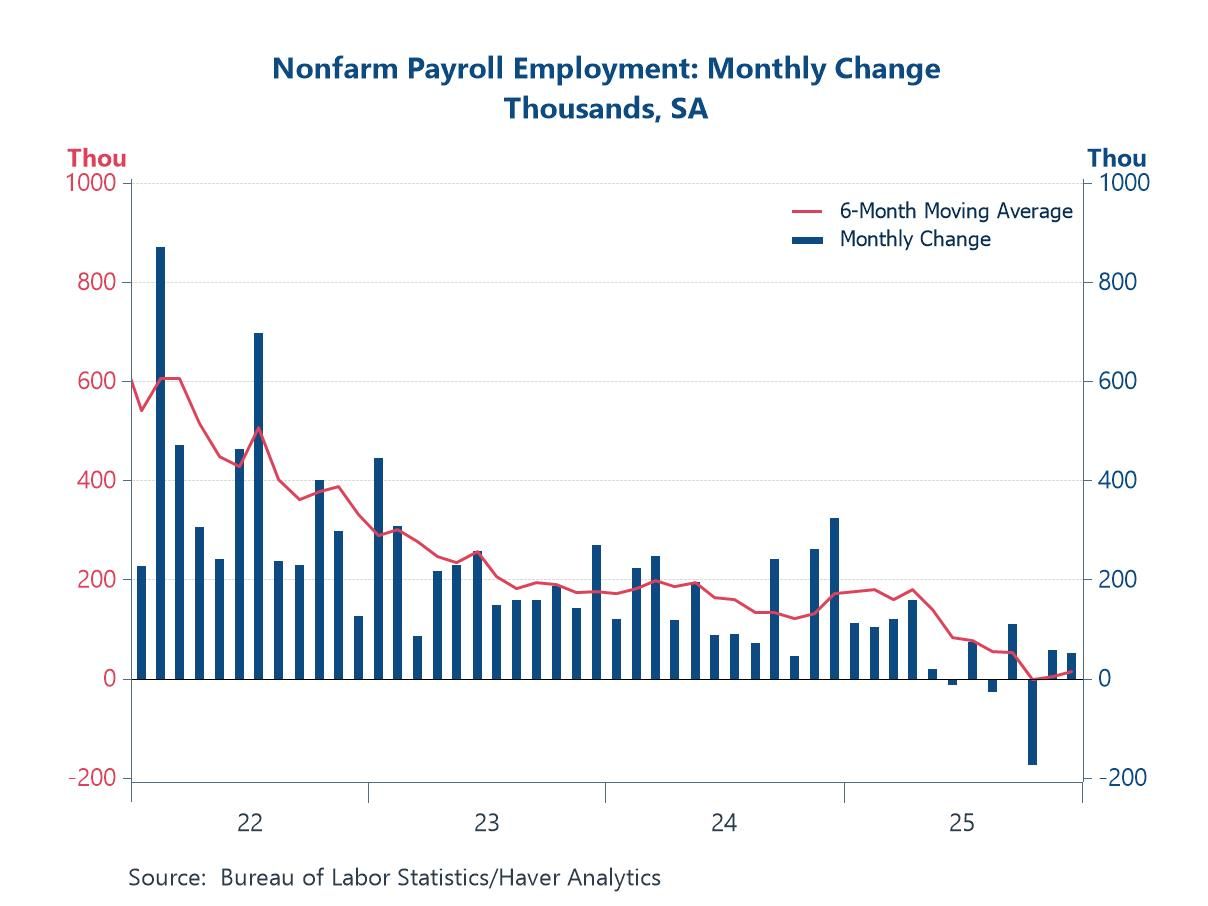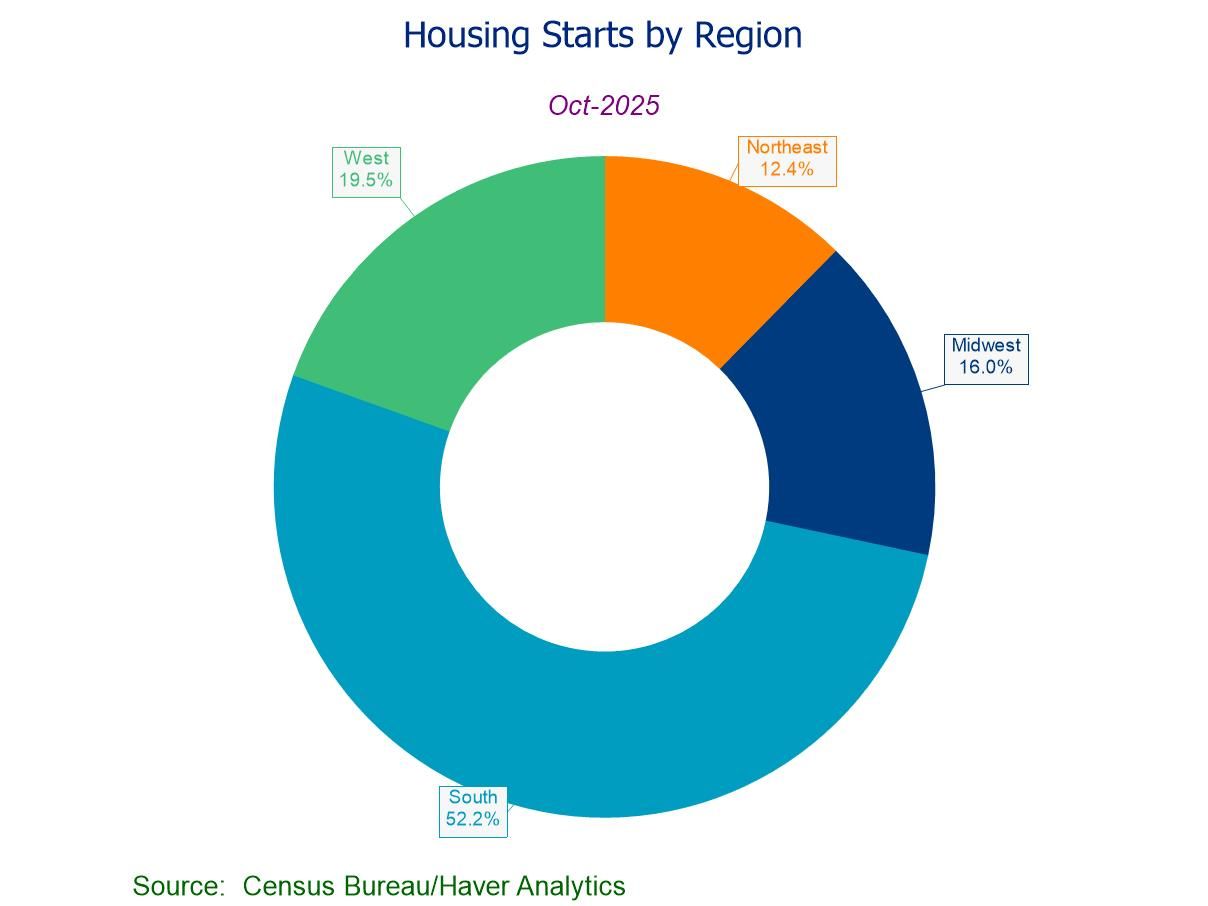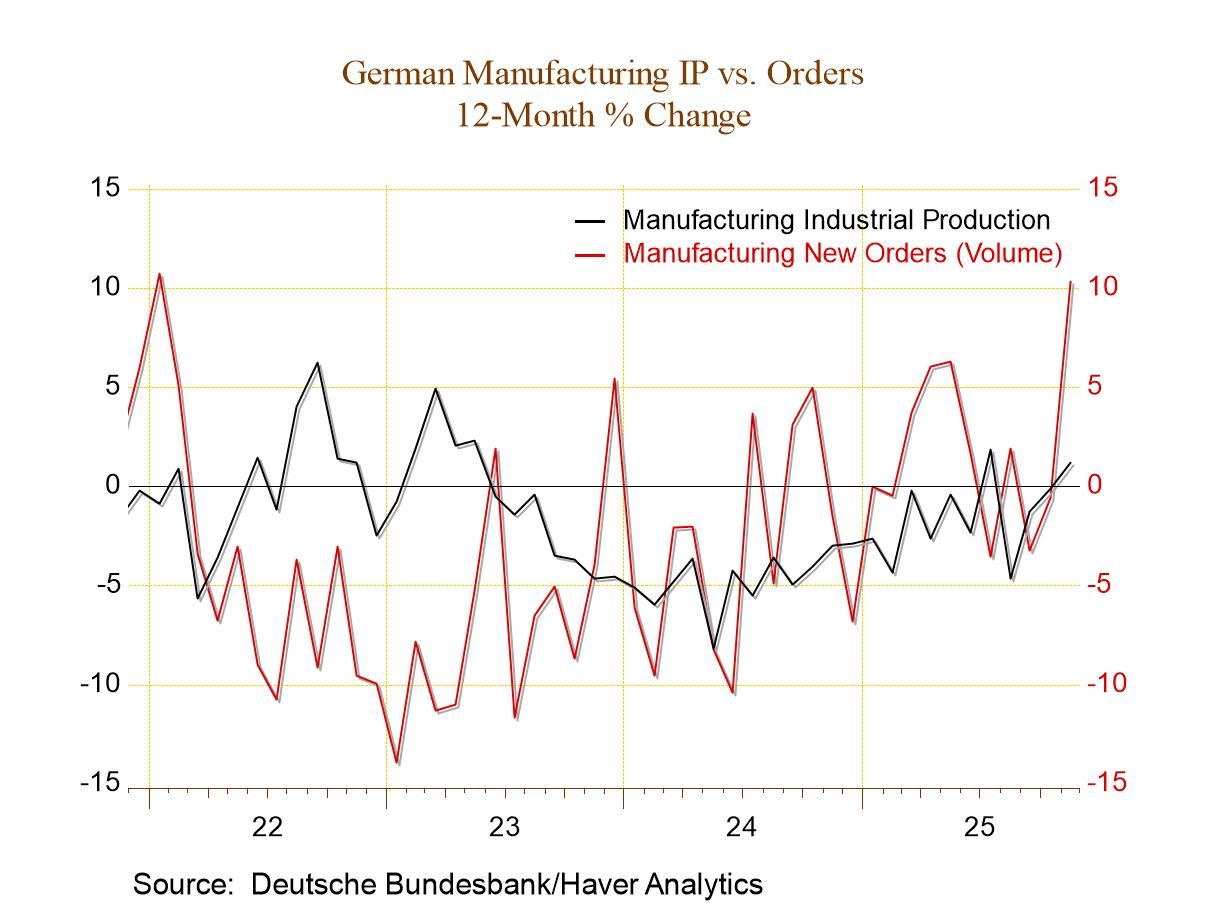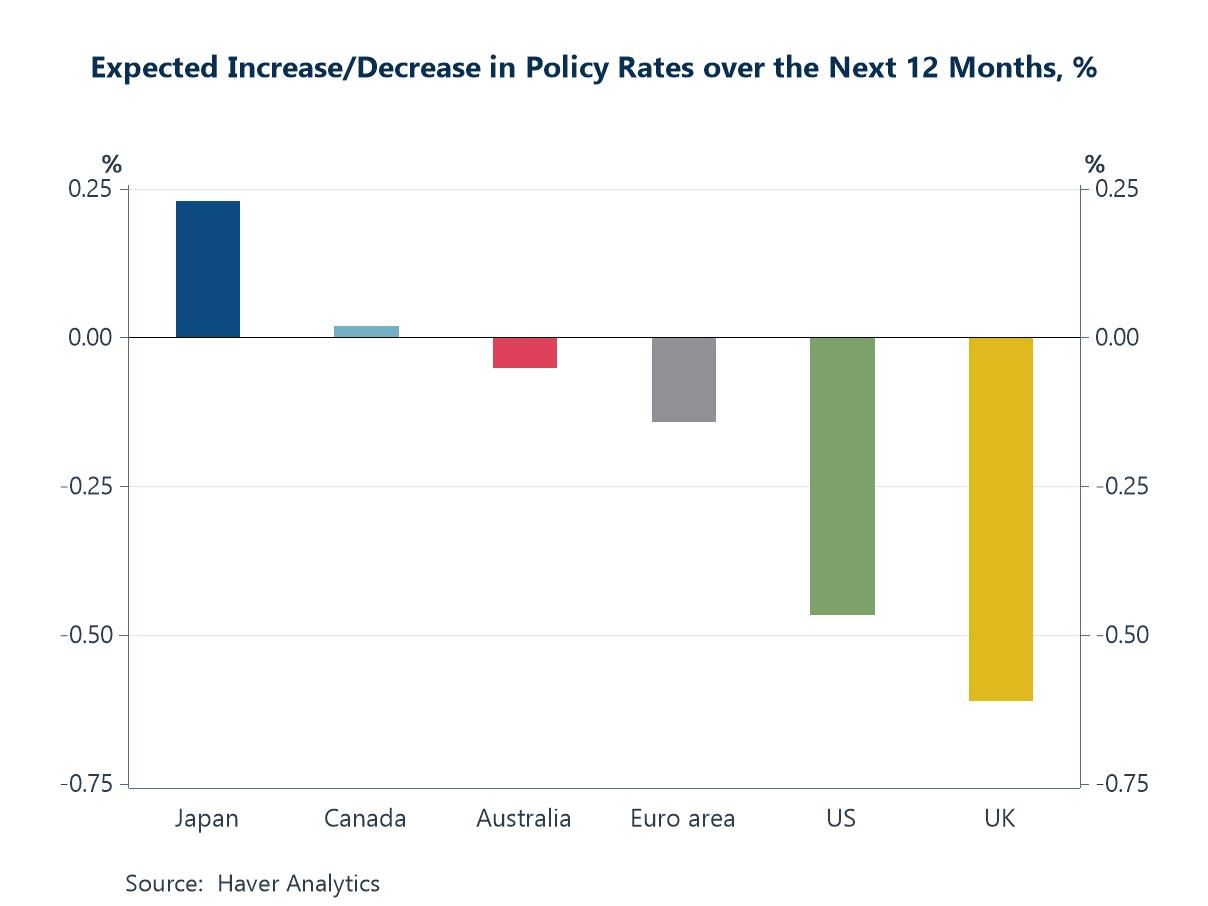U.S. PCE & Income Growth Slow in October; Price Index Is Unchanged
by:Tom Moeller
|in:Economy in Brief
Summary
- Personal spending remains firm y/y.
- Increase in wages & salaries moderates.
- Prices of consumer durables fall as services gain slows.


Personal consumption expenditures (PCE) increased 0.2% (5.3% y/y) during October following an unrevised 0.7% September gain. August’s increase also was unrevised at 0.4%. A 0.2% October rise had been expected in the Action Economics Forecast Survey. Adjusted for price changes, real PCE rose 0.2% (2.2% y/y) after edging 0.3% higher in September, revised from 0.4%. The yearly gain has been fairly steady in 2023.
Real spending on durable goods declined 0.3% (+3.7% y/y) last month following a 1.2% September jump. Real spending on motor vehicle & parts fell 0.8% (+2.5% y/y) after a 2.1% strengthening. Real spending on furniture & appliances declined 0.6% (+0.1% y/y) after rising 0.5% in September. Real spending on recreational goods & vehicles rose 0.5% last month (9.1% y/y) after a 0.6% rise.
Real spending on nondurable goods improved 0.3% last month (1.3% y/y) after a 0.2% September gain. Real apparel spending in October declined 0.3% both m/m and y/y after rising 0.8% in the prior month. Outlays on gasoline & other energy products surged 2.9% (1.2% y/y) last month when adjusted for price changes following a 3.9% decline while real food & beverage outlays held steady (-0.4% y/y) following a 0.1% September uptick.
Real spending on consumer services improved 0.2% (2.3% y/y) in October after a 0.3% rise. Real transportation services outlays edged 0.1% higher (1.0% y/y) after strengthening 1.5% in September while real housing & utilities expenditures inched up 0.1% (1.0% y/y) for the second consecutive month. Real hotel & restaurant spending rose 0.4% (2.7% y/y) following a 1.1% surge. Real healthcare spending gained 0.2% (5.1% y/y) last month after a 0.4% rise but real financial services & insurance expenditures fell 0.2% (+1.8% y/y), the third consecutive monthly decline. Real recreation services buying declined 0.6% (+1.8% y/y) after a 1.1% decline.
Personal income rose 0.2% in October (4.5% y/y) after increasing 0.4% in September, revised from 0.3%. A 0.2% rise had been expected. The gain reflected a 0.1% uptick (5.7% y/y) in wages & salaries which followed a 0.5% increase. Proprietors' income rose 0.4% (4.0% y/y) last month following a 1.1 % increase. Rental income strengthened 0.5% (9.5% y/y) after two consecutive 0.7% monthly gains. Receipts on assets rose 0.8% (4.3% y/y) following two straight 0.5% gains. Interest income rose 0.7% (7.9% y/y) after three straight 0.9% gains while dividend income improved 0.8% (0.9% y/y) after holding steady in September. Personal transfer receipts eased 0.1% (+0.5% y/y), down for the sixth month in the last seven.
Disposable income rose 0.3% (7.0% y/y) in October after two consecutive 0.4% gains. Taxes eased 0.2% (-10.7% y/y) after a 0.5% rise. Disposable earnings adjusted for higher prices rose 0.3% (3.9% y/y) last month after holding steady in September.


The personal saving rate rose to 3.8% in October from 3.7% in September. It was reduced from a May high of 5.3%. The level of personal savings rose 2.6% (32.7% y/y) last month after falling 11.6% in September.
The PCE chain price index held steady in October following two straight 0.4% increases. The 3.0% y/y gain was reduced from a 7.1% high in June 2022. The increase in the price index excluding food & energy eased to 0.2% (3.5% y/y) from 0.3% in September. Durable goods prices eased 0.3% (-2.2% y/y) as motor vehicle, furniture & appliance prices and recreational goods & vehicle prices each fell.
A 2.6% decline (-4.8% y/y) in energy costs lowered nondurable goods prices by 0.3% (+1.6% y/y). Food & beverage prices rose 0.2% (2.4% y/y). Apparel prices held fairly steady (+2.5% y/y).
The services price index rose 0.2% (4.4% y/y) following a 0.5% strengthening. Strength spread across spending categories, but remained notable on a monthly basis in the transportation sector where prices rose 0.8% (4.7% Y/Y). Food services & accommodations held steady (4.7% y/y) but health care prices rose 0.5% (2.6% y/y). The PCE services price index excluding energy & health care increased 0.1% (5.3% y/y) after a 0.6% September rise.
The personal income and consumption figures are available in Haver's USECON database with detail in the USNA database. The Action Economics forecasts are in AS1REPNA.
The Fed’s latest Beige Book covering regional economic conditions can be found here.
Tom Moeller
AuthorMore in Author Profile »Prior to joining Haver Analytics in 2000, Mr. Moeller worked as the Economist at Chancellor Capital Management from 1985 to 1999. There, he developed comprehensive economic forecasts and interpreted economic data for equity and fixed income portfolio managers. Also at Chancellor, Mr. Moeller worked as an equity analyst and was responsible for researching and rating companies in the economically sensitive automobile and housing industries for investment in Chancellor’s equity portfolio. Prior to joining Chancellor, Mr. Moeller was an Economist at Citibank from 1979 to 1984. He also analyzed pricing behavior in the metals industry for the Council on Wage and Price Stability in Washington, D.C. In 1999, Mr. Moeller received the award for most accurate forecast from the Forecasters' Club of New York. From 1990 to 1992 he was President of the New York Association for Business Economists. Mr. Moeller earned an M.B.A. in Finance from Fordham University, where he graduated in 1987. He holds a Bachelor of Arts in Economics from George Washington University.







 Global
Global